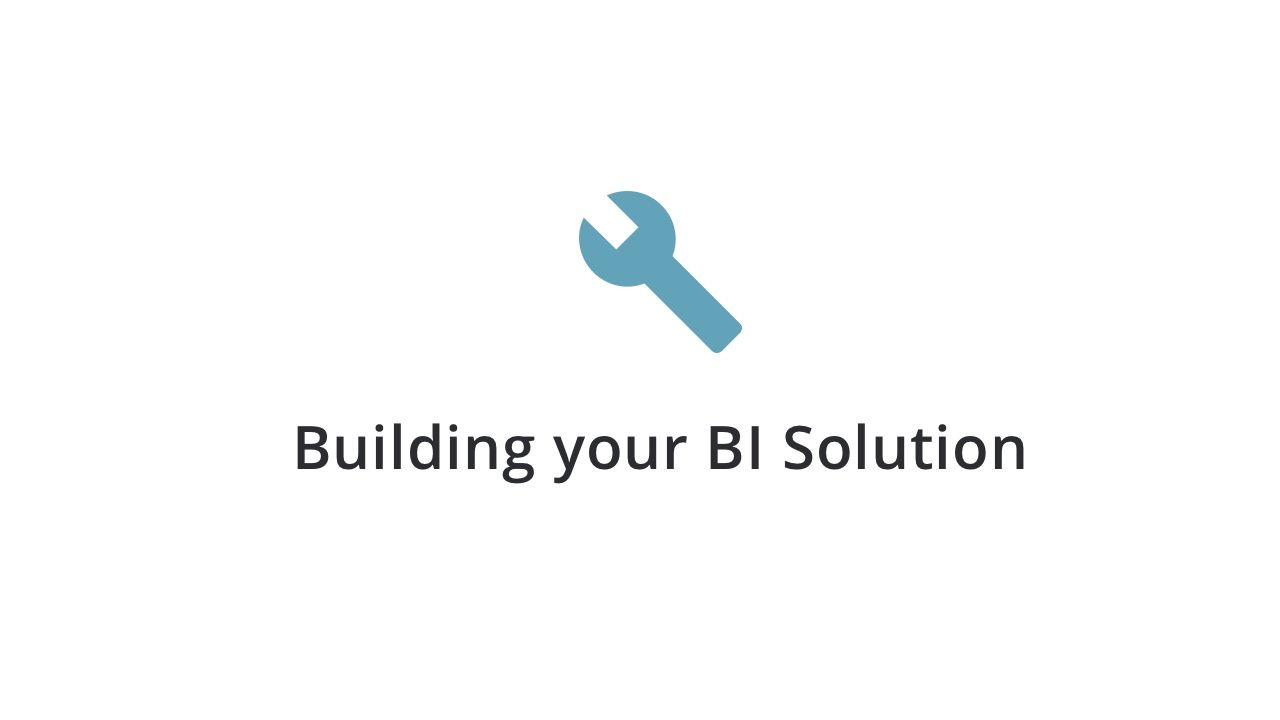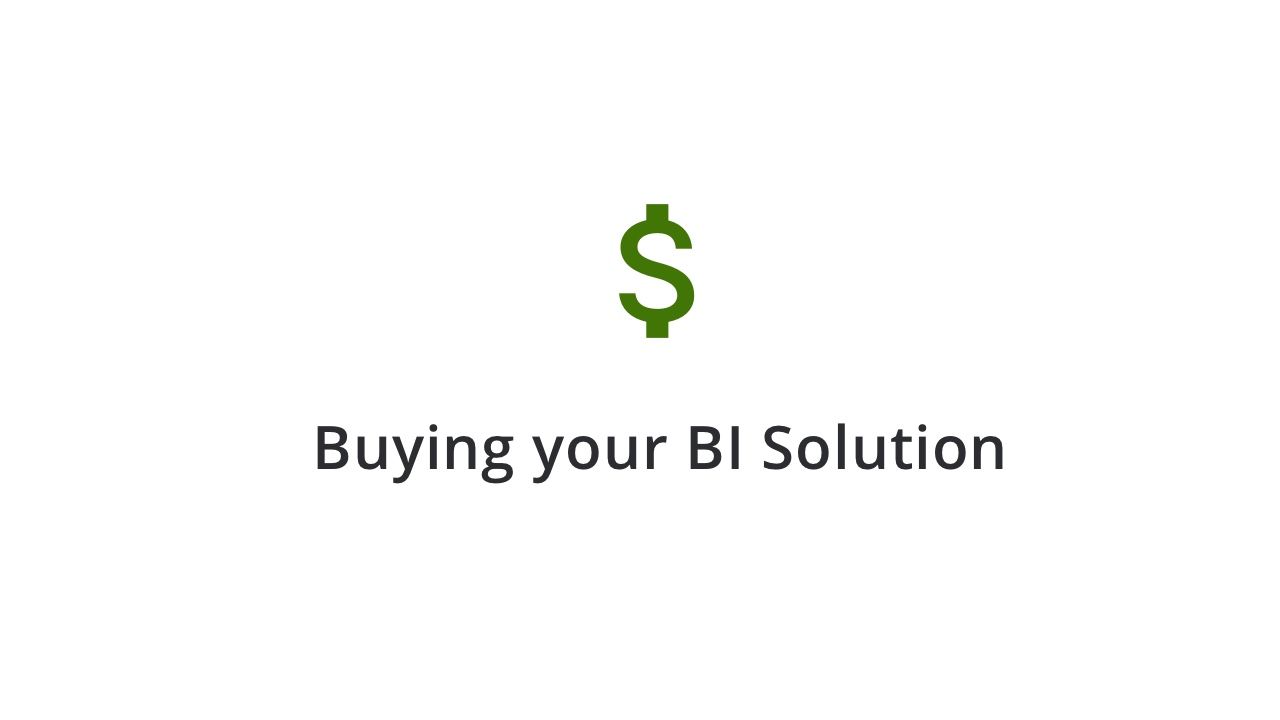Business Intelligence (BI) Tools - Build vs Buy
As a Product Manager or Business Leader, you often enter the world of Build vs. Buy when solving your business intelligence or reporting needs.

As a Product Manager or Business Leader, you often enter the world of Build vs. Buy when solving your business intelligence or reporting needs.
Do you build a solution that custom fits your use case? Or do you buy a solution from a technology provider to save time or maintenance cost?
Building your own BI solution

Advantages
1. Complete control over the roadmap of your Business Intelligence (BI) tool
When you build your own BI solution, you have complete control over the roadmap and capabilities of your BI solution. This can be a crucial part of your decision-making process. This may be a big factor if your use case is complex and difficult to solve with traditional BI tools.
2. You can ensure your use case is solved by your solution
The BI solution you pick often solves 90-99% of your pain points. However, you will likely run into a problem tha your BI solution can’t solve.
An example could be:
- Internet Explorer compatibility (a surprisingly very common problem in Enterprise Software)
- Custom reports outside of the scope of your BI tool
- Additional Intelligence (Machine Learning, Regressions)
At this point, you have to find clever tricks or build outside of the ecosystem of your BI solution.
3. “Real-Time” Analytics
One of the larger constraints in the BI ecosystem is the lack of “Real-Time” analytics to your customers or employees.
Often, your data is refreshed every 30-90 mins, which can be perfect for most analytic needs. Nevertheless, you may run into use cases where you need “Real-Time” or operational analytics. This is a situation where users expect to have the data be updated instantly once they perform an action.
Disadvantages
1. Large time cost to build a solution
Custom building your own BI solution will take considerably longer than buying and integrating a solution. Engineers, Designs, and a roadmap have to be created for your BI solution.
2. Roadmap and maintenance cost
The cost to add features and maintain your BI solution can be immense if that isn’t a core part of your business offering. Inevitably features and connectors will break; resources must be allocated for immediate and future maintenance.
Further Reading:
Buying a BI solution

Advantages
1. Easy to get started
BI solutions are relatively straightforward to integrate. If you pick the right vendor, there should be no major infrastructure changes you need to build to start.
2. Low maintenance cost as the BI roadmap is owned by your BI provider
When you select a vendor, you enter into a business partnership, where feedback and feature requests are submitted and tracked. There is an expectation that there will be continual updates to the software.
3. Support during integration period
During the integration period, it is a common practice to have a consultant on hand to help guide you into a V1 or MVP of your solution. This can be extremely helpful if you are new to Data or working with BI.
Disadvantages
1. You can be constrained by your BI solution
You will run into problems that your solution can’t solve out of the box. API’s can help alleviate this problem. However, you may need to allocate engineering resources for complex problems.
2. Enterprise contracts
A major downside to dealing with BI Software is enterprise contracts where you may be restricted to CPUs, Hardware, users, or even functionality. Going outside of these constraints will impact the yearly cost of your solution.
Final Thoughts
These are some advantages and disadvantages of building and buying a BI solution. Most of the time, buying a BI solution will be the right decision. However, you may enter a scenario where you need additional functionality that might push you to build a solution. Ultimately, business leaders and product managers must make a decision that makes sense for their company and business needs.

